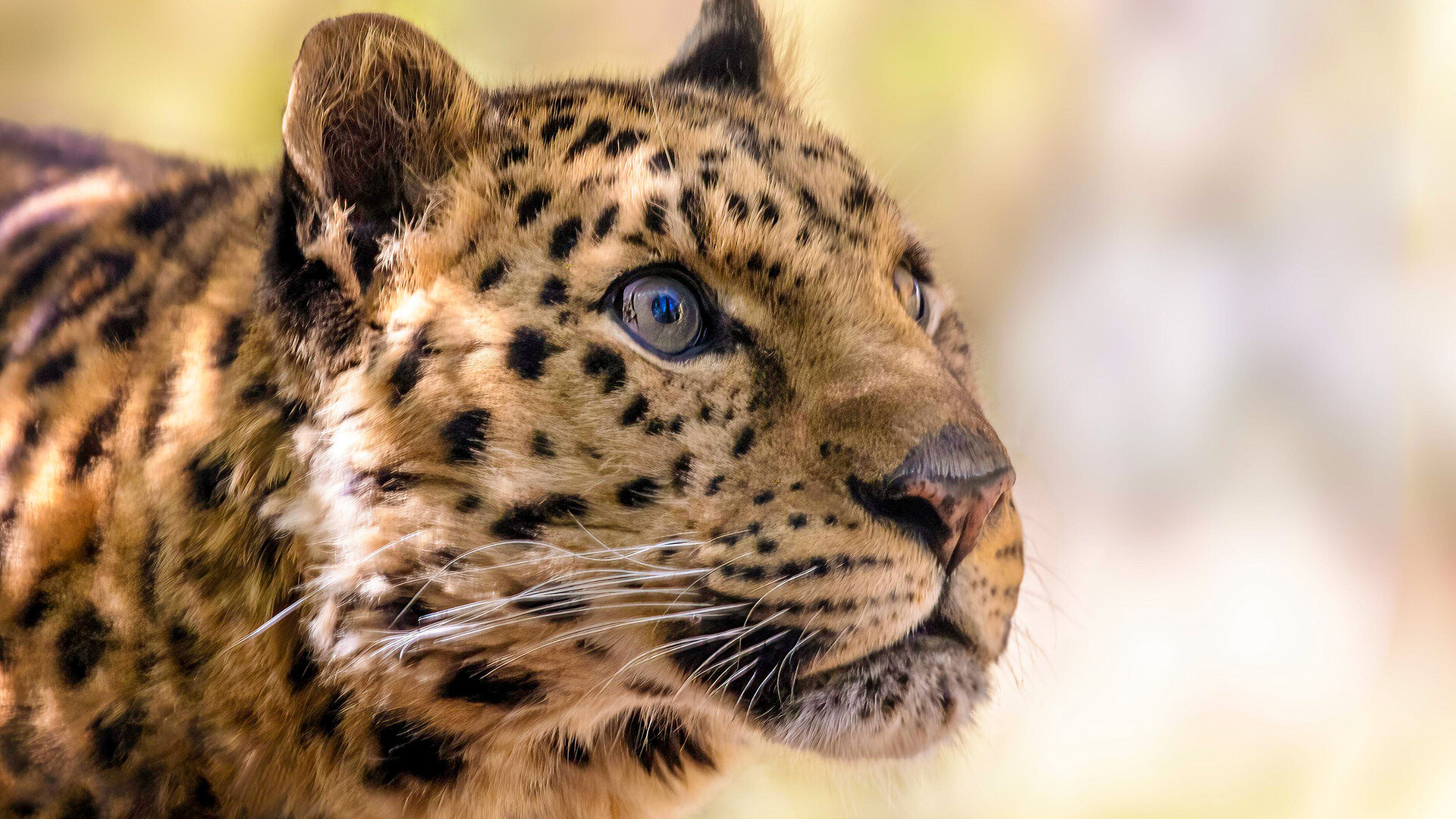
The Amur leopard (or also the Far Eastern leopard) is the northernmost representative of this species of wild felines. There are about 130 of them in the world and almost all of them live in Primorye Region. Let’s get to know them better!
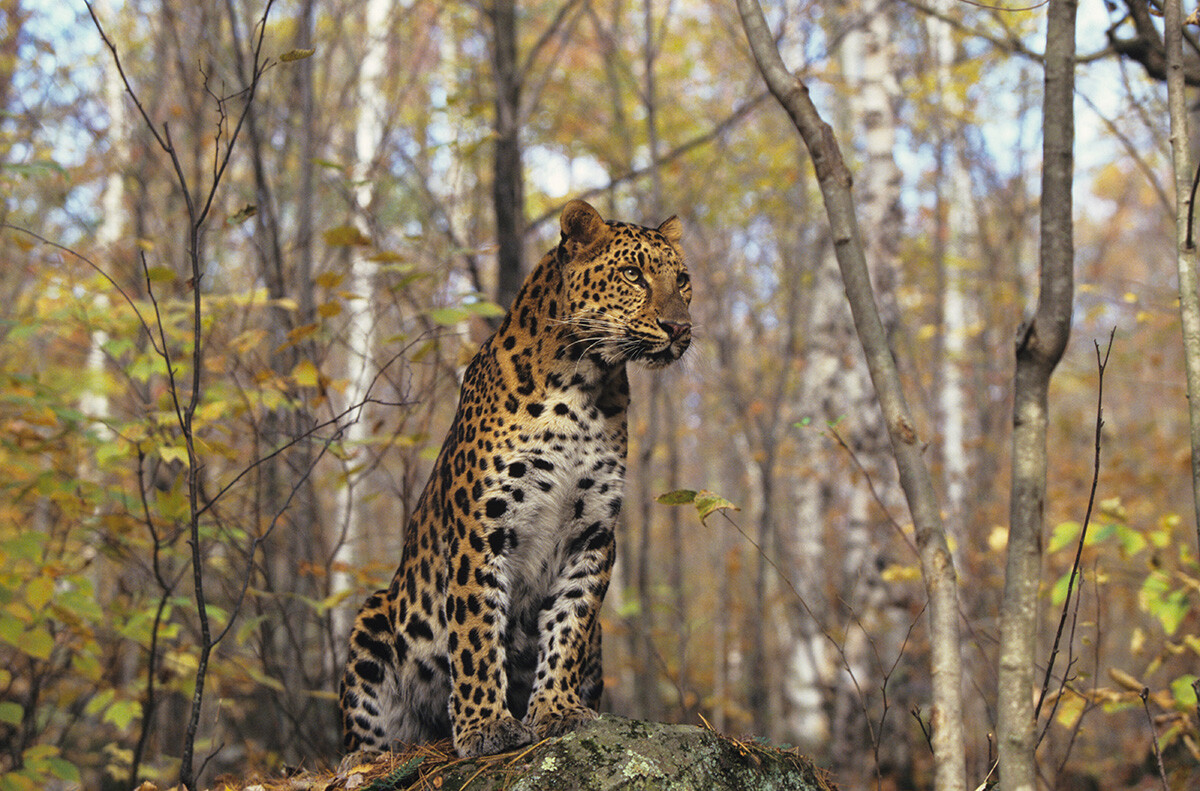
It’s easy to imagine leopards in the jungle or in tropical forests, since they usually prefer a hot, humid climate. But, the Amur leopard’s habitat is located above the 45th parallel (https://rbth.ru/watch/2169-goroda-rossii-mira-odna-shirota) and the climate there is completely different, with long, snowy and cold winters. Instead of tropical forests and savannas, one finds impenetrable taiga there with a lot of craggy sopkas (hills).
In fact, in ancient times, leopards lived even further to the north and were commonplace on the entire Eurasian continent, but they went extinct more than 10,000 years ago. However, the leopards in the Far East managed to survive, dwelling far from civilization. Moreover, their population is growing, thanks to a hunting ban (since 1956) and to the founding of the ‘Land of the Leopard National Park’ in 2012.
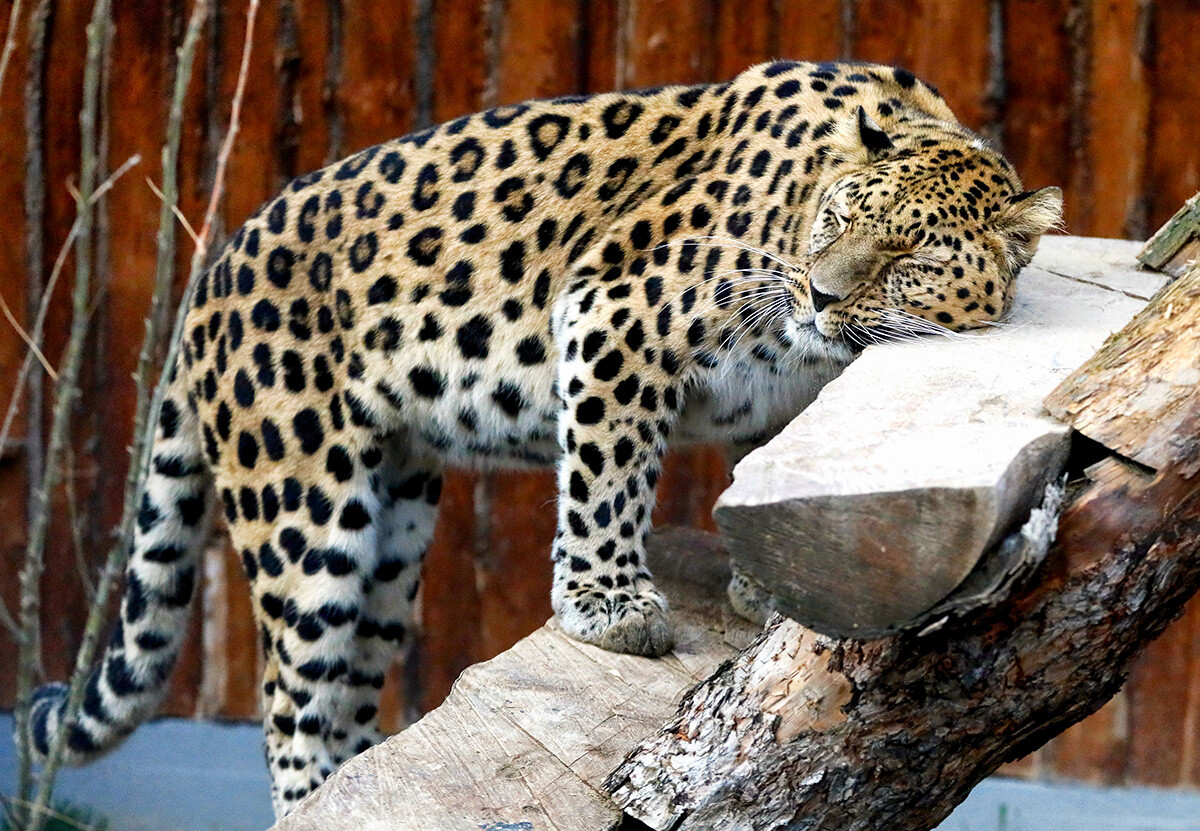
Some of the leopards are protected by celebrities: Pamela Anderson (the leopard assigned to her and also named ‘Pamela’ has already given birth to some “grandchildren” for the former model and actress), Pope Francis (his assigned leopard received the name ‘Martin Fierro’, in honor of an Argentinian literary character – the country Pope Francis is from), Russian musician Dima Bilan (he gave his “godson” the name ‘Viktor’) and host of TV shows about nature Nikolay Drozdov (he named his ‘Baikal’). Aside from that, the leopards are supported by entire organizations: newspaper ‘Komsomolskaya Pravda’ (their leopardess named ‘Sochi’ is already 11 years old and she’s one of the oldest inhabitants of the leopard world), cinema network ‘Illusion’ (they called a young female ‘Illusionochka’) and many others.
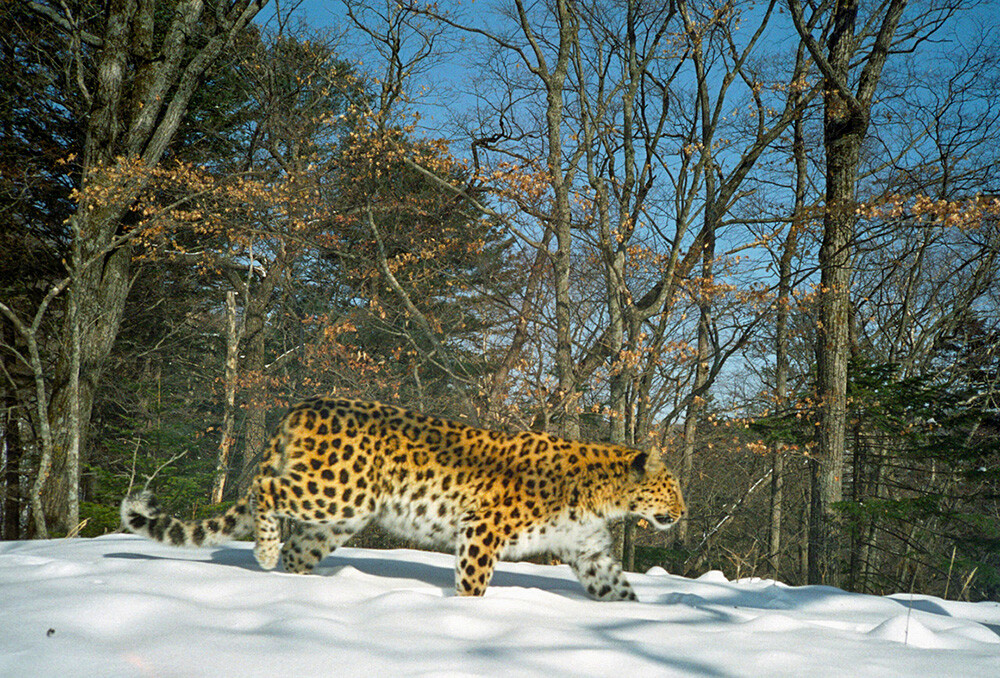
The Amur leopard is about one and a half times smaller than its African relatives (it weighs no more than 50 kilograms), but it's no less graceful than the spotted. Scientists can tell one leopard from another precisely by their individual patterns.
At first glance, it seems that a leopard’s camouflage is only good for the tropics. But, nature has thought of everything. Their bright color doesn’t interfere with their hunting, since their prey – roe deer and other ungulates – see the world in black and white.
With that, they instantly have a “winter camouflage”: to make them less visible against snow, their black spots and color get paler. For winter, leopards let their fur grow longer and get a bit of girth around the sides. In spring, they get back into shape again.
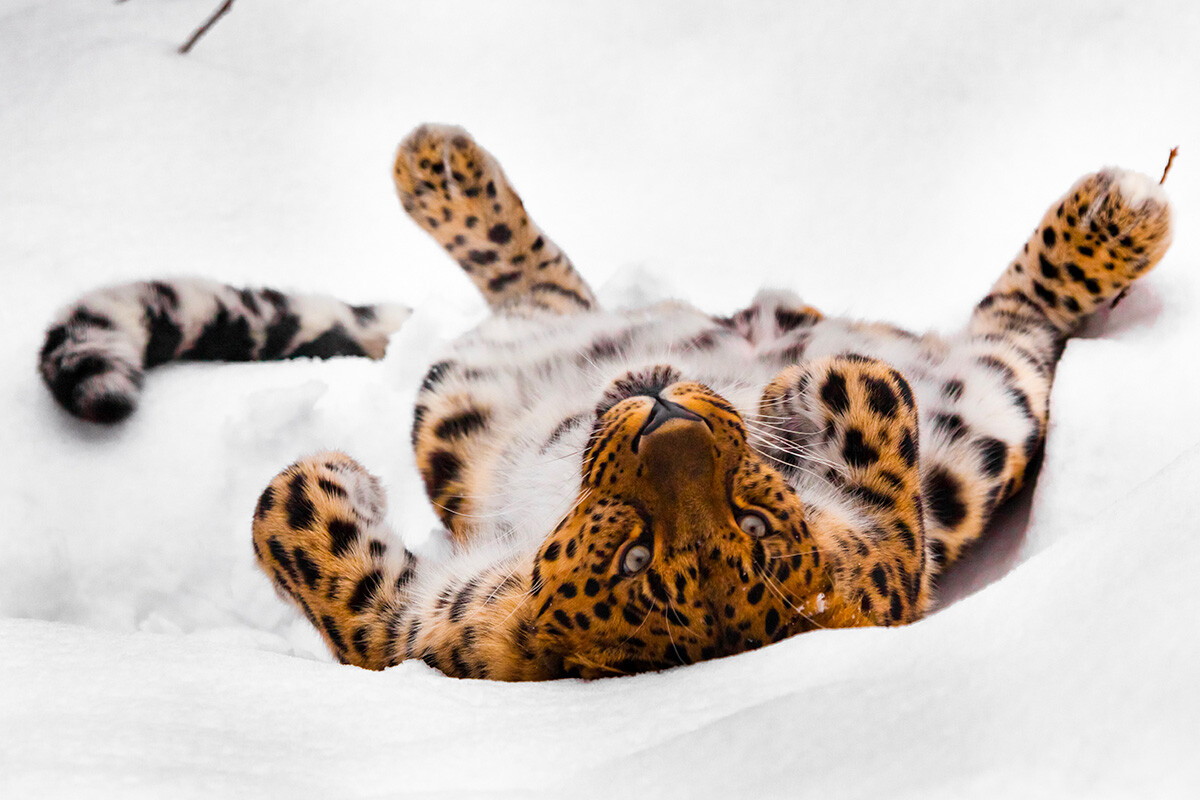
Today, this is the only leopard subspecies that can hunt in snow. And their abilities are astounding. They can see their prey at a distance of over a kilometer, they attack from a distance of 5-10 meters and can jump as high as three meters.
How often do they need to hunt? In fact, not that often. A leopard can settle for one roe deer per week or even every two weeks. They can easily tolerate going hungry for a couple of weeks (or catch a small hare, for example).
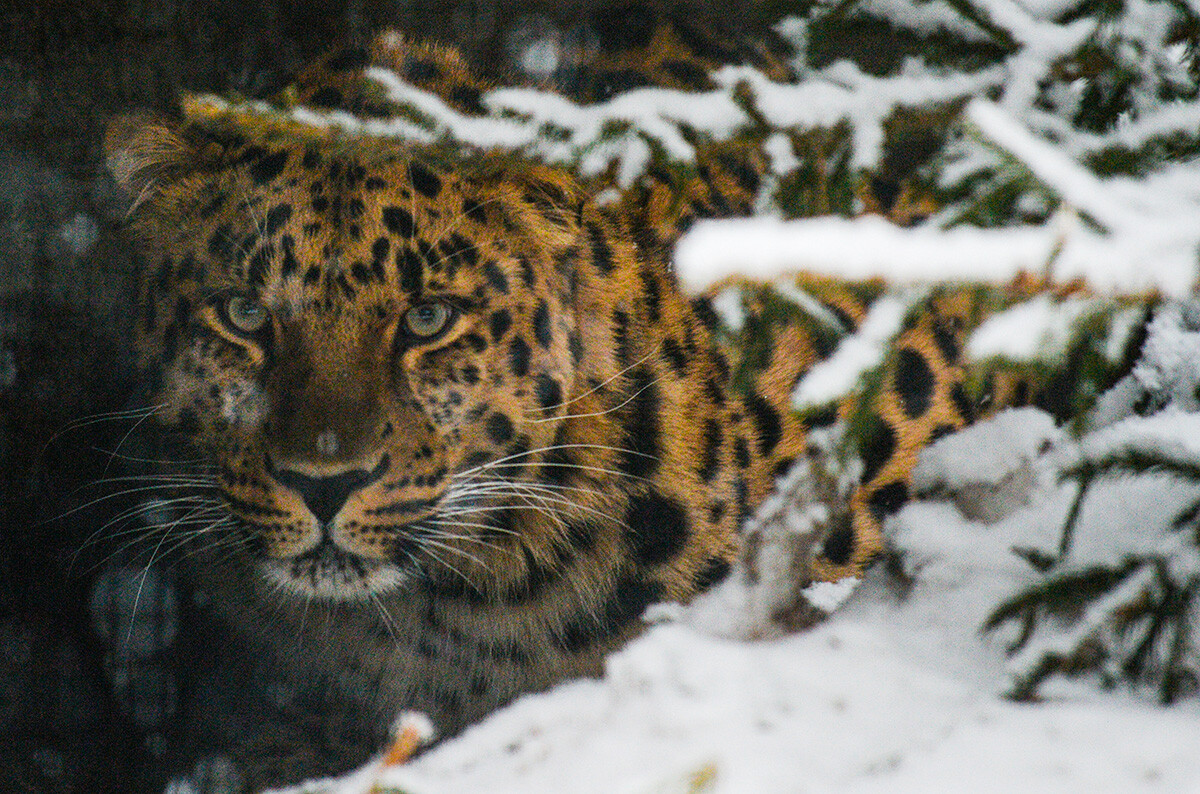
The Amur leopards are poorly studied, due to their rarity. For a long while, it was believed that they are solivagant (live alone) and that their cubs already enter adult life several months after birth. But, sometimes, the workers of the Land of the Leopard National Park notice very unusual aspects of their life. In this video, a mother feeds her adult child and even cleans his neck. The cub is just over half a year old and he’s in no rush to start hunting by himself.
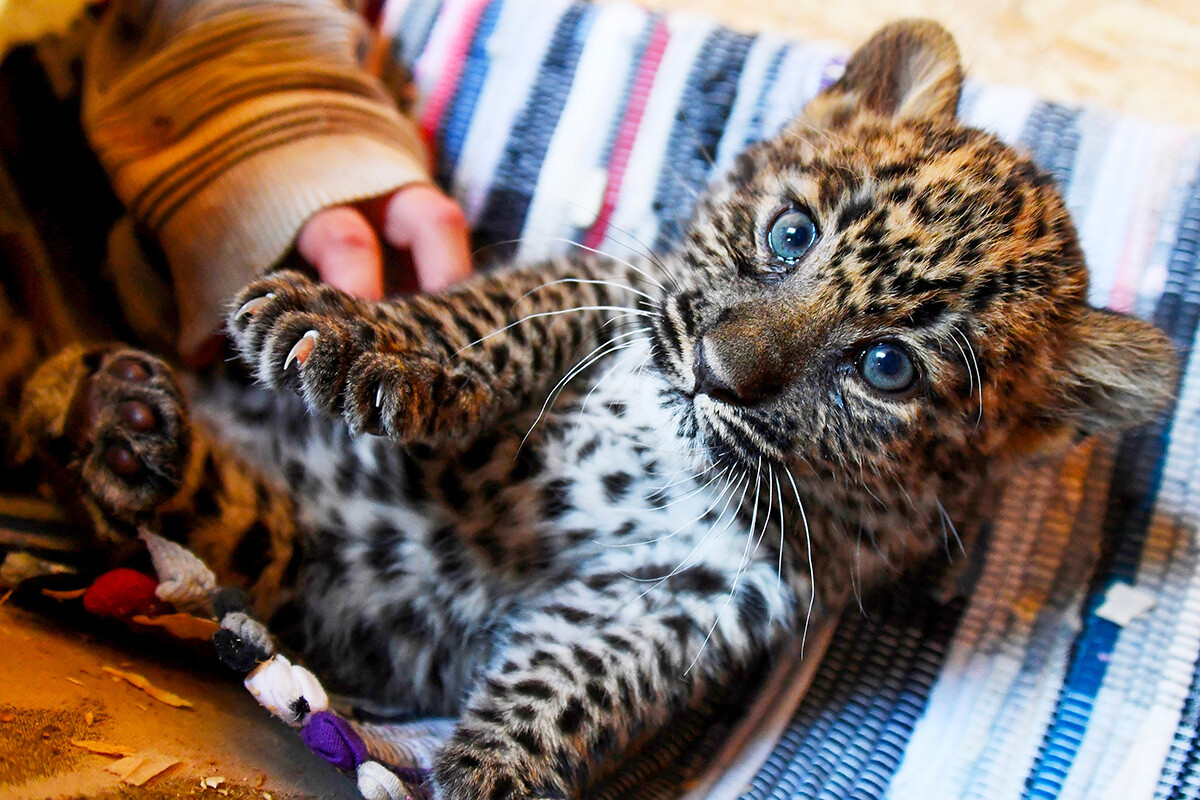
The majority of the Amur leopards live in Russia (at the end of 2022, 125 animals were counted); however, several animals (8-12) were also spotted in China. There are also leopards that simply take walks from one country to another (after all, who’s to stop them?).
By the way, one of the females frequenting the Sino-Russian border is even called ‘Granitsa’ (Russian for ‘border’).
Dear readers,
Our website and social media accounts are under threat of being restricted or banned, due to the current circumstances. So, to keep up with our latest content, simply do the following:
If using any of Russia Beyond's content, partly or in full, always provide an active hyperlink to the original material.
Subscribe
to our newsletter!
Get the week's best stories straight to your inbox